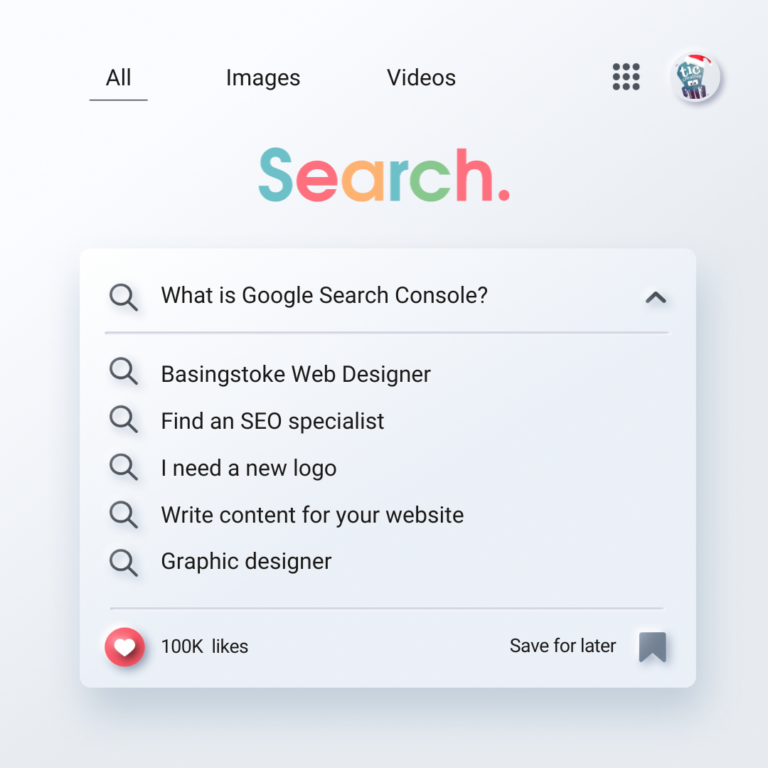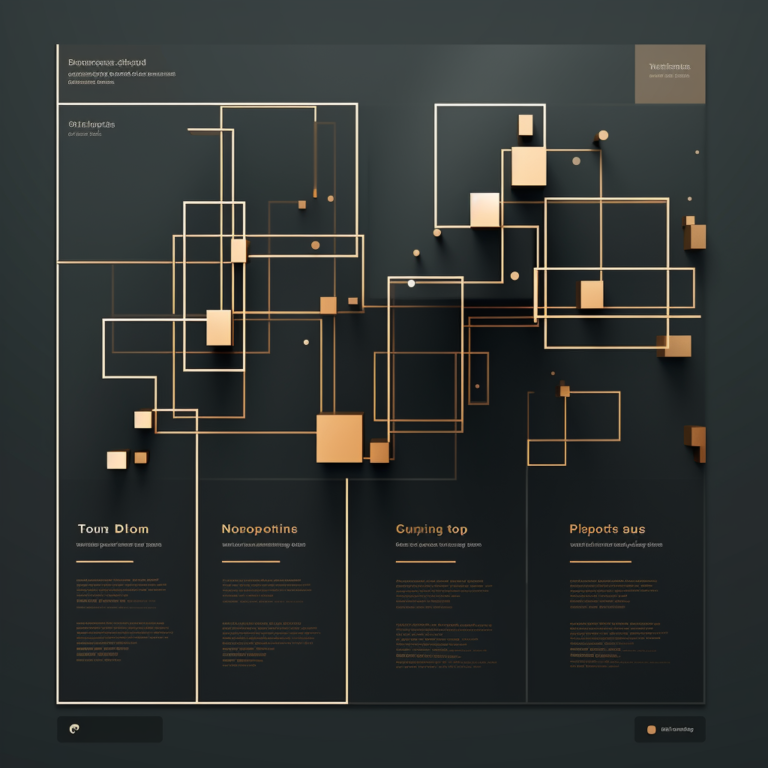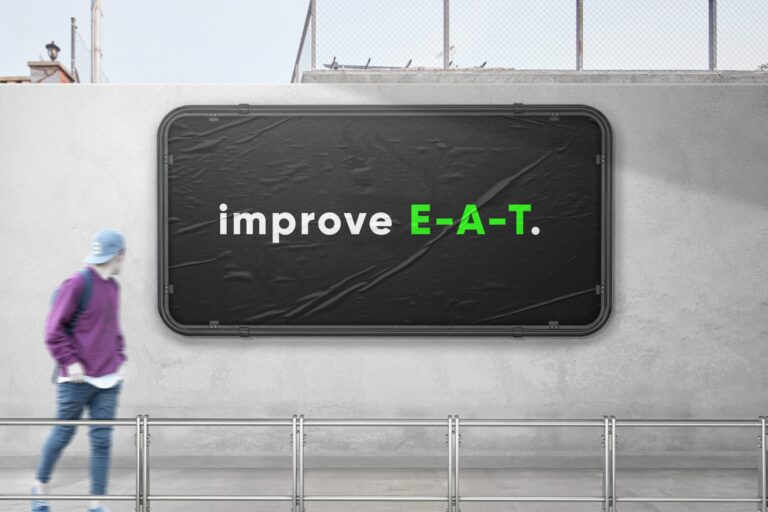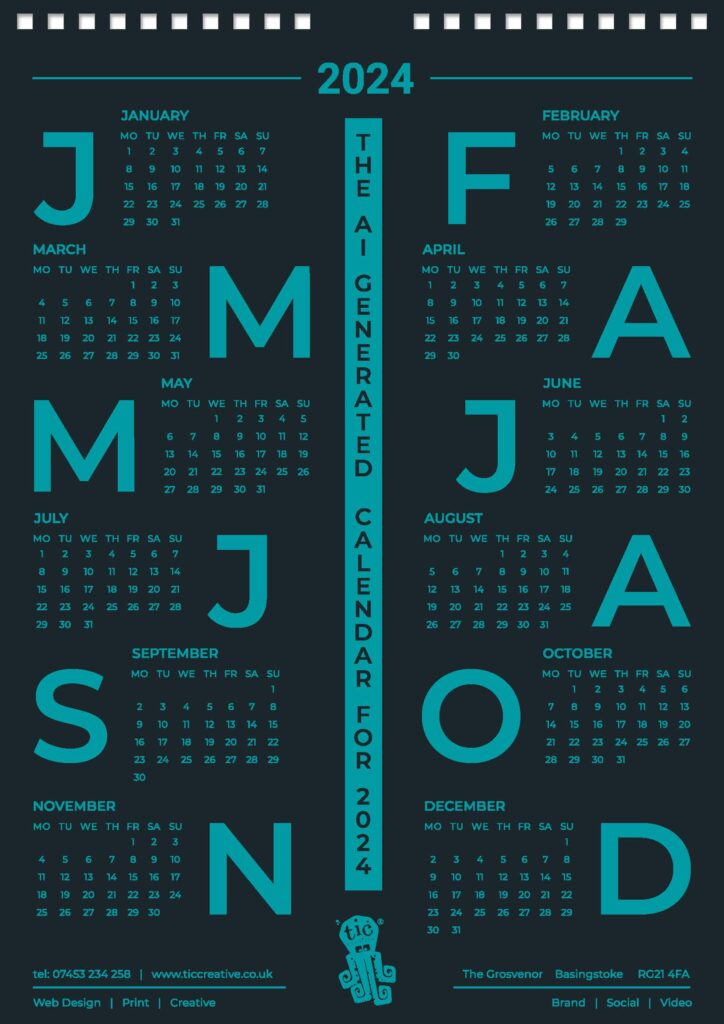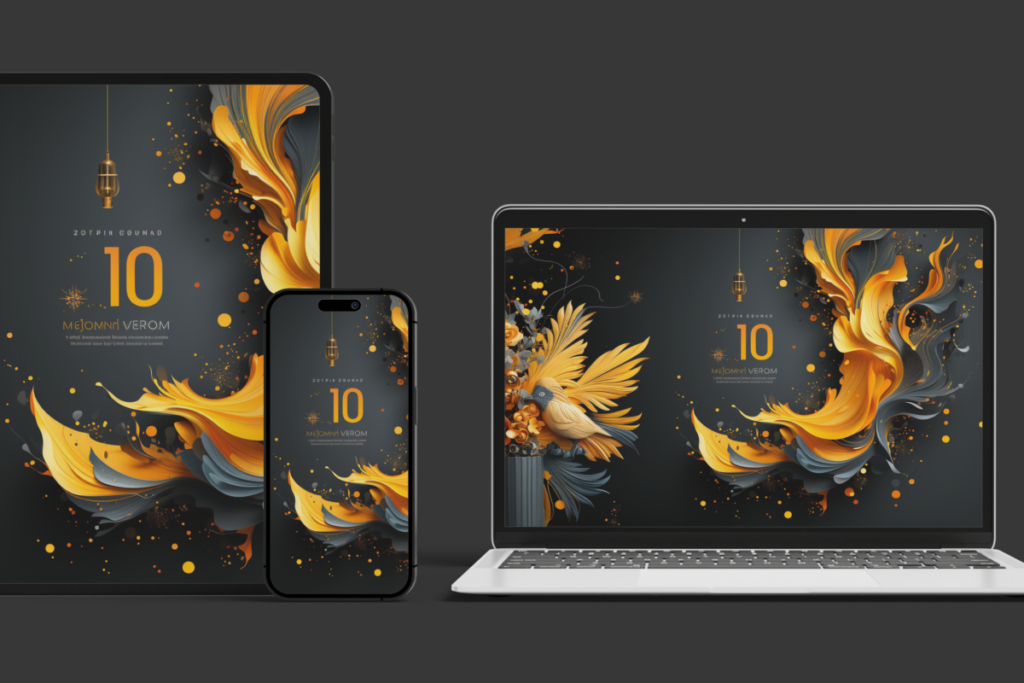
INTRODUCTION
Creating a website isn’t just about laying out elements and choosing the right colors. It’s about using those elements to tell a story, to deliver a message, to create an experience that visitors will remember. This requires the harmonious blend of web design and content creation. In this article, we will explore how to create compelling content that aligns with your web design and overall branding, ensuring a consistent and impactful digital presence.
UNDERSTANDING THE RELATIONSHIP BETWEEN WEB DESIGN AND CONTENT
Web design and content are two sides of the same coin. On one hand, we have web design, the visual and interactive aspects of your site that make the first impression on visitors. On the other hand, we have content – the written text, images, videos, and other media that communicate your message, values, and offers.
The key is that these two aspects are not mutually exclusive; rather, they should seamlessly integrate. The design should serve to enhance the delivery of the content, while the content should fit naturally into the design.
CONSISTENCY IS KEY
Consistency in design and content does not just mean uniformity. It’s about creating a coherent identity that is recognizable and relatable across all platforms. The style of your website, the voice and tone of your content, the imagery used – everything should be in line with your brand’s personality. Inconsistencies in your website’s design and content can lead to confusion and mistrust from your audience.
The simplest way to ensure consistency is to create a brand style guide. This guide should include your brand’s mission, vision, target audience, color palette, typography, imagery style, and content guidelines. Having this guide will not only keep your website consistent but also streamline the process of creating new content and design elements.
CREATE USER-FOCUSED CONTENT
Web design can only be truly successful when it is user-focused, and the same applies to content. Understanding your users, their needs, wants, and pain points, is crucial in creating content that resonates with them.
When creating content, consider the following:
- Value: What value does your content provide? It should either be informative, entertaining, or solve a problem for your user.
- Relevance: Does your content align with your user’s interests or needs? The more relevant your content, the more likely it is to engage your audience.
- Readability: Is your content easily digestible? Break down complex ideas into simpler ones, use bullet points and headers, and keep sentences and paragraphs short.
OPTIMIZE FOR SEO
In the digital landscape, SEO (Search Engine Optimization) cannot be overlooked. Creating SEO-friendly content will make your website more visible on search engine result pages, leading to increased traffic.
To optimize your content for SEO, conduct keyword research to understand what terms your target audience is searching for. Integrate these keywords naturally into your content. Don’t forget to use them in meta titles, descriptions, and image alt text.
Also, keep in mind that SEO isn’t just about keywords. Google’s algorithms favor high-quality, relevant, and fresh content. So focus on creating valuable content that aligns with your user’s needs and keeps them coming back for more.
CONCLUSION
Creating compelling content for web design involves more than just writing engaging articles or choosing attractive images. It requires a thoughtful blend of consistent branding, user-focused content, and SEO optimization. With the right strategy and understanding of your audience, you can create a website that not only looks good but also delivers a memorable user experience.
SUMMARY
This article reviewed key aspects of content creation in web design, emphasizing the importance of consistency, user-focused content, and SEO optimization. Remember that your design and content must work hand in hand, creating a synergistic effect that enhances your brand’s digital presence. With a clear understanding of your audience and their needs, you’re well on your way to creating compelling, effective content for your website.

